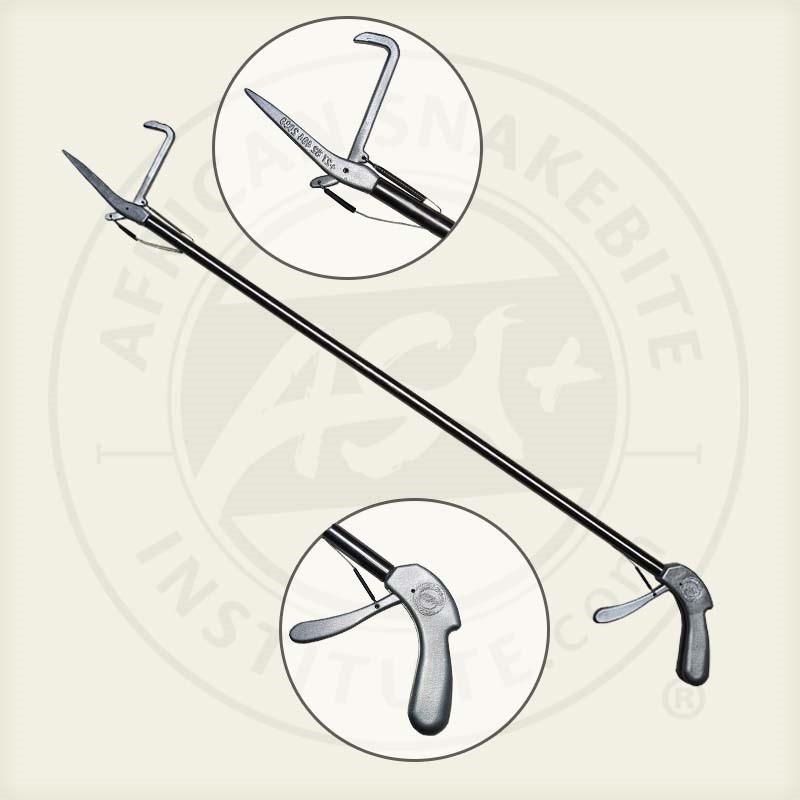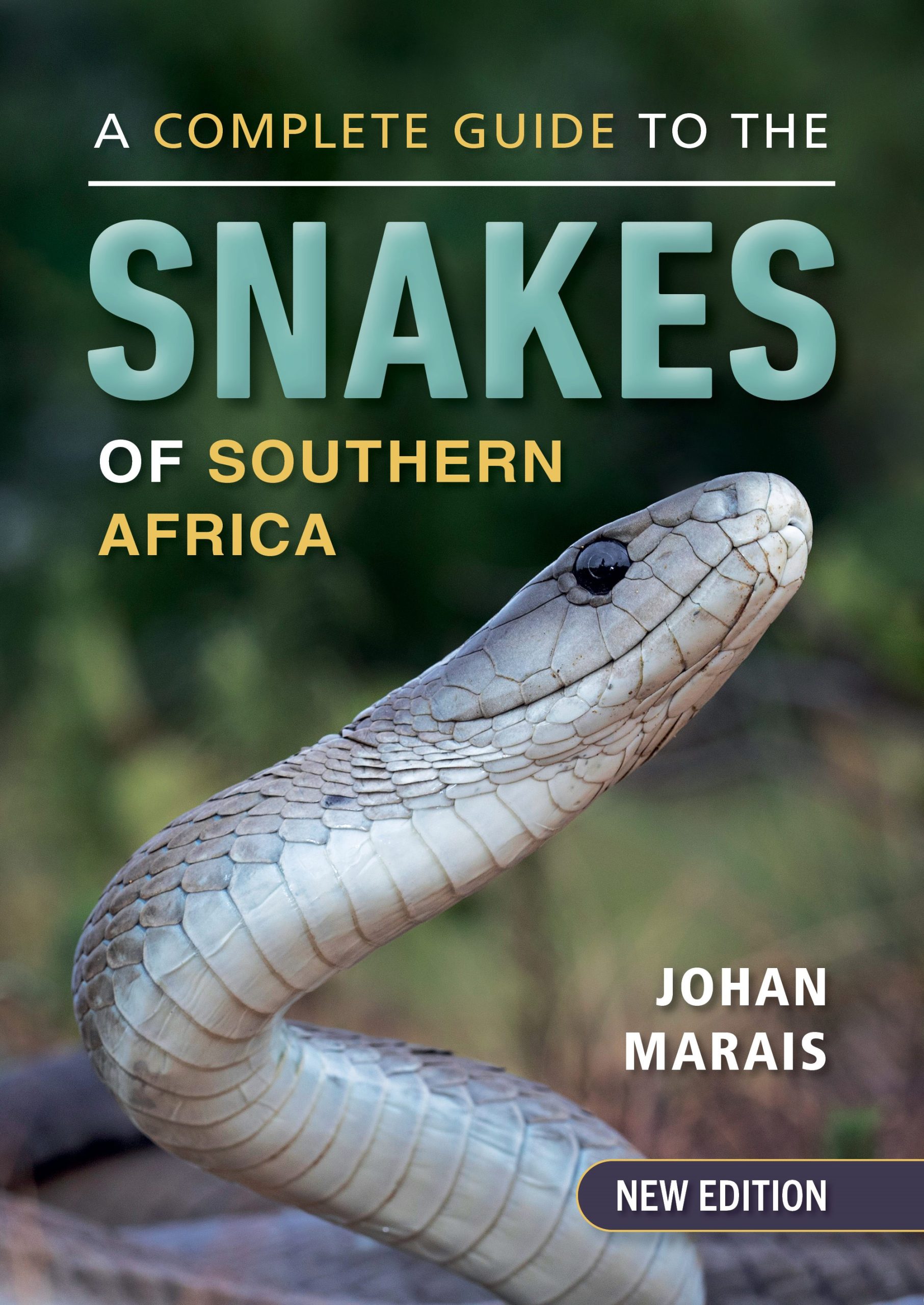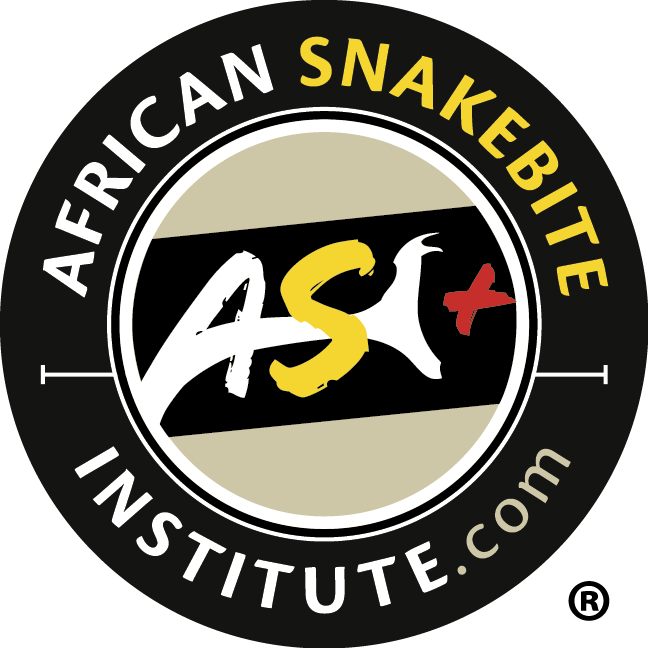Farmers on the West Coast often talk about Mole Snakes (Pseudaspis cana) on their farms crossbreeding with Cape Cobras (Naja nivea) and that you get a Mole Snake that can raise the front third of its body off the ground and make hood and it is reportedly venomous! This is of course untrue, and Mole Snakes and Cape Cobras are as different as a dog from a cat. Mole Snakes and a selection of other snakes have been observed flattening the neck region to form a crude hood similar to cobras.

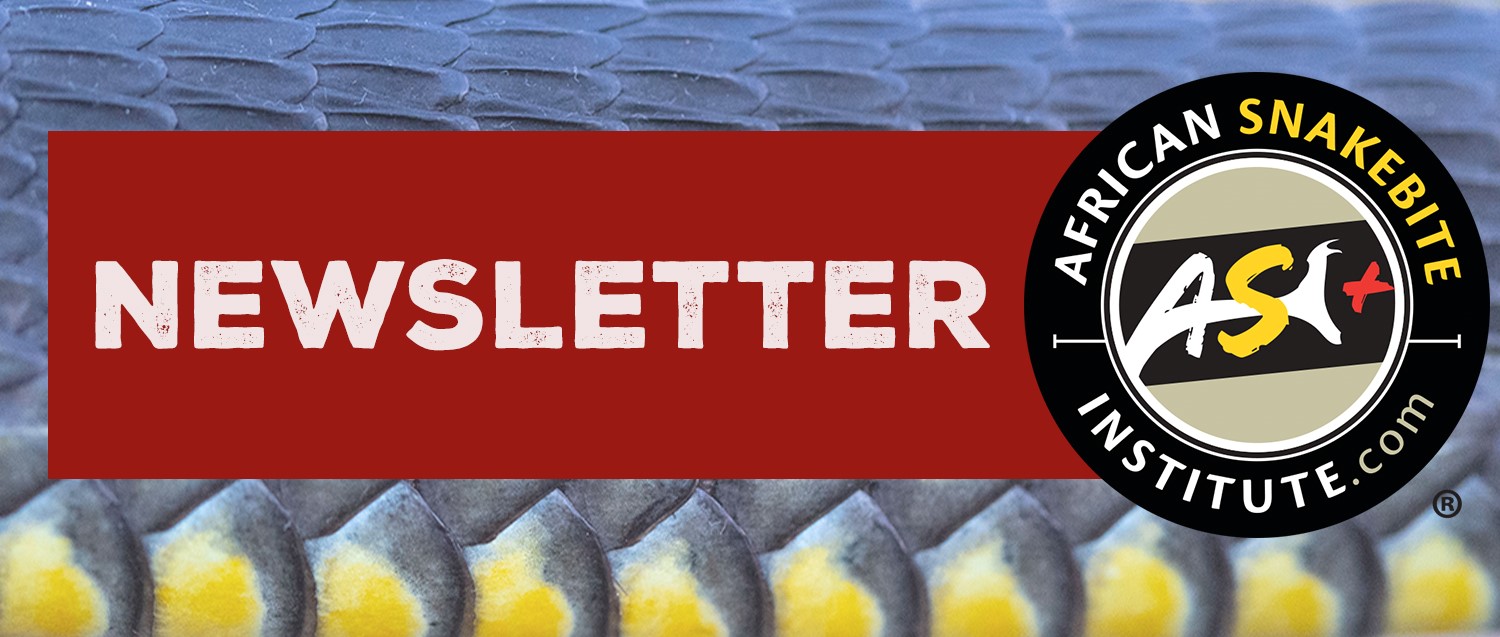
January 2024 - 🐍 Can snakes cross breed?
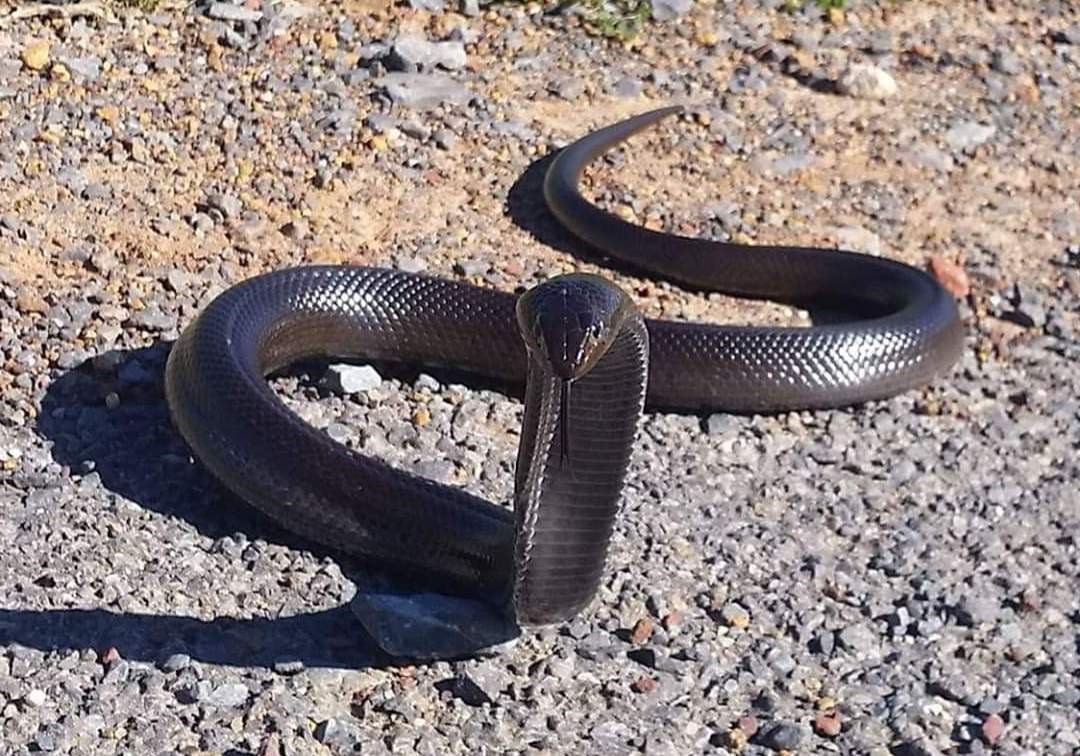
An agitated Mole Snake crossing a road and displaying a crude hood. Photographer unknown.
Crossbreeding or hybridisation between closely related species can occur. Some well-known examples are mules – a cross between a horse and a donkey. Ligers have also become well-known more recently – a cross between a Lion and Tiger. In most cases, these crossbreeds are created by humans in captive settings, and generally, hybrid animals are sterile and cannot produce offspring. As the parents of hybrids are different species, the mixing of genetic material often causes mutations and malfunctions in the chromosomes. This usually leads to the production of infertile sex cells which causes infertility.
Limited Edition Titanium Tong
now in stock!
The ASI Limited Edition Titanium Tong is made with a 20mm diameter extra strong titanium shaft and our famous extra length upper jaw – perfect for removing large snakes.
Proudly made in South Africa.
Price R1490.00
Crossbreeding in snakes has been reported but is not common. In the pet trade, some pythons and boas have been crossbred as well as Corn Snakes and Rat Snakes. In African snakes, there are isolated records of some of the large adders crossbreeding. Gaboon Adders (Bitis gabonica) have crossed with Rhino-horned Vipers (Bitis nascicornis) as well as Western Gaboon Adders (Bitis rhinoceros) and Rhino-horned Vipers. These records are mainly from private collections or snake parks, with few wild records. There are also a handful of records of Puff Adders (Bitis arietans) and Gaboon Adders crossbreeding.

A Puff Adder cross Gaboon Adder hybrid - photo credit Andrew Godambe.
Africa’s best-selling Snake Book!
Features of this book:
• Covers all essential aspects of snake biology and behaviour.
• Species descriptions are accompanied by full-colour photographs and distribution maps.
• Simple icons make essential information available at a glance.
• A separate ‘key features’ box assists in quickly identifying species in the field.
• Chapters on classification and identification, keeping snakes, and the treatment of snakebite supplement the species accounts.
Price R520.00
Around Swakopmund in Namibia there have been observations of Peringuey’s Adder (Bitis peringueyi) mating with Horned Adders (Bitis caudalis). A strange looking little adder is also found in that area with patterns of a Horned Adder but without horns and with eyes on top of the head much like Peringuey’s Adder and is likely a hybrid between the two.
Large Adders like Gaboon Adders and Puff Adders are similar sizes and closely related. It would be unlikely for a small adder like a Berg Adder (Bitis atropos) to mate with a Puff Adder. It is almost impossible for unrelated snakes like Mole Snakes and Cape Cobras to breed as the reproductive organs are completely different. Additionally, Cape Cobras are well-known for eating Mole Snakes, so mating would be very difficult between a predator and prey.
In the Cobras there is one confirmed record of hybridisation between a Zebra Cobra (Naja n. nigricincta) and a Mozambique Spitting Cobra (Naja mossambica) in captivity. There are no confirmed hybridisation between these two snakes in the wild. Most cobras will predate on other snakes, including other cobra species and can even be cannibalistic on smaller cobras of the same species. There are no confirmed hybrids in mambas and even in cases where Black and Green Mambas have been kept together in captivity for a number of years, no mating has been observed.
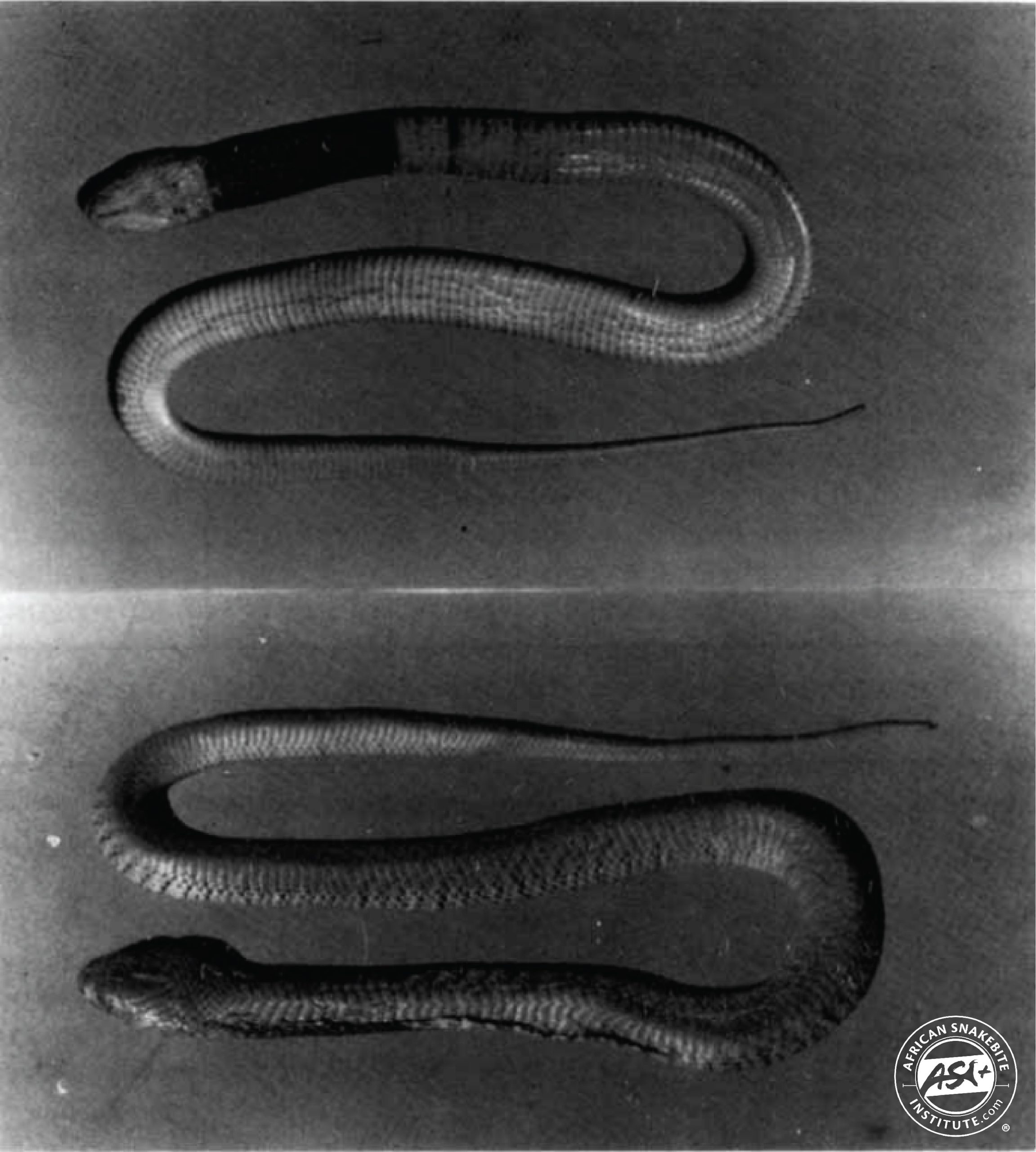
Hybridisation between a Zebra Cobra (Naja n. nigricincta) and a Mozambique Spitting Cobra (Naja mossambica) in captivity published in 1980.
The venom of hybrids has not been studied but is likely to be a mix or similar to the parent snakes’ venom. It is unlikely to be double as venomous and, in most instances, (Puff Adder x Gaboon Adder or Mozambique Spitting Cobra x Zebra Cobra) it is probable that the polyvalent antivenom would be effective.
Crossbreeding usually only happens between closely related species. The reproductive organs need to match or be similar for mating to occur. There also needs to be attraction, usually with pheromones and scent in snakes, and that will not usually work between two different species. Once they have mated, there is a high chance the sperm and egg will not fuse, and no offspring will be produced. Ony in very few cases can hybrids be created. Most anecdotal “hybrids” reported by the public are just colour variations of a species or a species displaying an unusual behaviour associated with another species. Hybrids in snakes are a rather rare occurrence in the wild.
Lightweight Snake Gaiters
The Lightweight Snake Gaiters have been tested against bites from the Puff Adder, Cape Cobra, Snouted Cobra and Black Mamba with no penetration during testing. Ideal for hikers, birders, fly-fishermen, geologists, bush-clearing teams, hunters and mountain biking.
Price R2450.00
Copyright 2024 | All Rights Reserved | Powered by WILD & JAG / GAME & HUNT

